Introduction
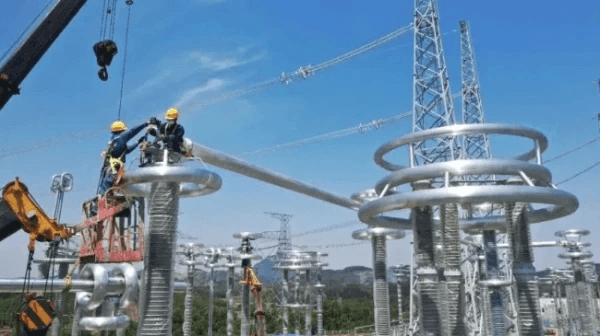
In the ever-evolving landscape of telecommunications, understanding the various types of cables is crucial for efficient connectivity. One such innovation is the ADSS cable, a fiber optic solution designed to meet the demands of modern networking while providing exceptional performance and reliability. This introduction will explore what ADSS cable stands for, its key benefits, and its diverse applications across multiple industries.
Understanding ADSS Fiber Optic Cable
ADSS stands for All-Dielectric Self-Supporting cable, which means it can be installed without needing any metallic components or additional support structures. This unique design allows ADSS cables to be strung between utility poles without compromising their integrity or performance—making them a popular choice in areas prone to harsh weather conditions. By utilizing advanced materials and engineering techniques, these cables offer both durability and flexibility in installation.
Key Benefits of ADSS Cable
One of the standout features of ADSS cable is its ability to withstand environmental challenges such as wind, ice, and UV exposure without degrading over time. Additionally, since these cables are dielectric, they eliminate any risk of electrical interference or lightning strikes that can affect traditional metal-based lines. The result? Enhanced network reliability and reduced maintenance costs—making them an attractive option for telecommunications providers.
Applications of ADSS Fiber Optic Cable
ADSS cables find their niche in various sectors including telecommunications, utilities, and energy distribution networks. Their robust design allows them to be deployed in overhead installations where space is limited or where traditional cabling would struggle against external elements. From rural broadband expansion to connecting urban infrastructures, understanding the application of ADSS cable is vital for optimizing network efficiency.
What Does ADSS Cable Stand For?
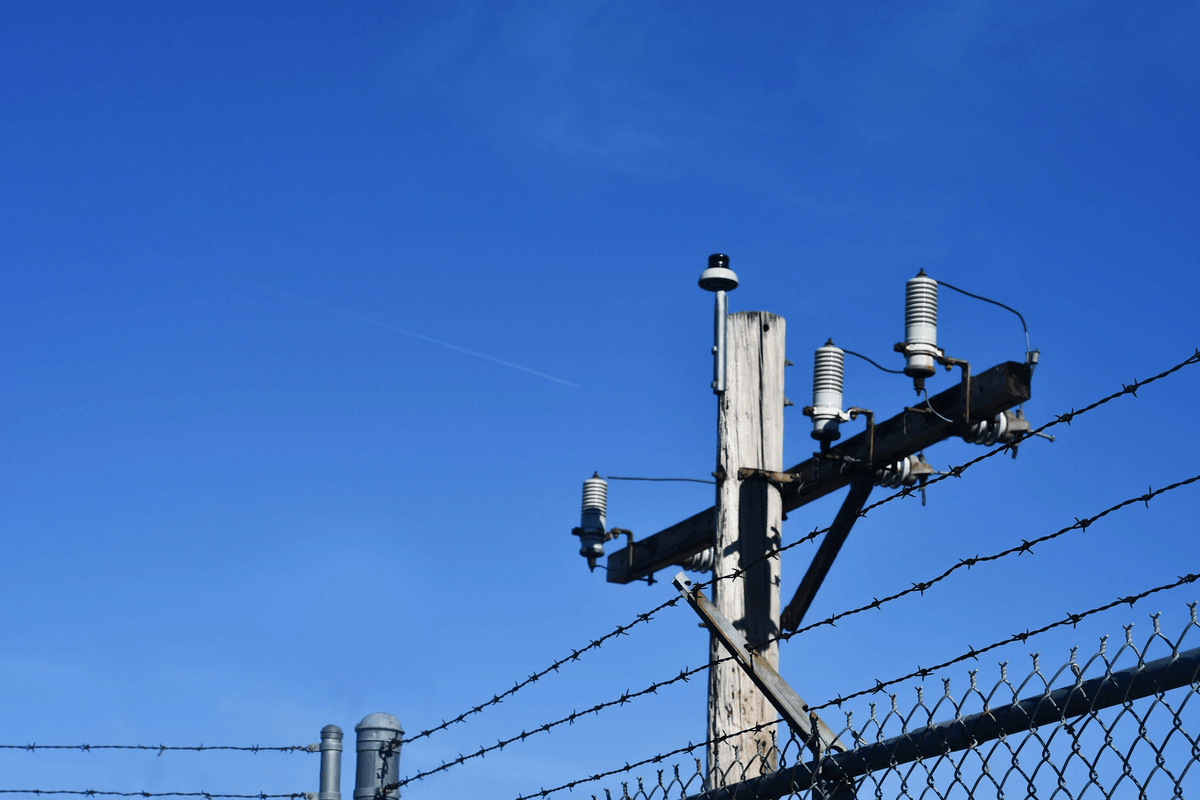
When diving into the world of fiber optics, one acronym that frequently pops up is ADSS. So, what does ADSS cable stand for? It stands for All-Dielectric Self-Supporting, which gives a hint about its construction and functionality. This type of cable is designed to be lightweight and self-supporting, making it ideal for installation on utility poles without the need for additional support structures.
Breaking Down the Acronym
To fully grasp what ADSS cable entails, let's dissect its components. All-Dielectric indicates that the cable is made entirely from non-metallic materials, which means it is immune to electrical interference and corrosion. The term Self-Supporting highlights that this type of fiber optic cable can maintain its own weight over long spans without requiring metallic supports, making it a fantastic choice for overhead installations.
The significance of this design cannot be overstated; by eliminating metal components, ADSS cables not only reduce installation complexity but also enhance safety in environments where electrical hazards may exist. This unique combination makes ADSS cables particularly appealing in areas where traditional cables would pose risks or complications.
Historical Context of ADSS Cables
ADSS cables emerged in the late 1980s as telecommunications companies sought more efficient ways to deploy fiber optic networks. As demand for high-speed internet and reliable communication grew, so did the need for innovative solutions that could withstand harsh environmental conditions while providing excellent performance. The introduction of ADSS technology revolutionized how networks were built, especially in rural areas where traditional methods faced challenges due to terrain or existing infrastructure.
Initially adopted by utility companies looking to upgrade their communication systems alongside power lines, the versatility of ADSS cables soon caught on across various industries. Their ability to function effectively without metallic components made them a go-to solution not just for telecommunications but also for applications in energy sectors and beyond.
Industry Adoption and Evolution
The evolution of ADSS cables has been marked by increasing adoption across multiple industries due to their numerous advantages. Telecommunications providers quickly recognized that these cables could be strung between poles over long distances with minimal maintenance requirements—this was a game-changer! As technology advanced, manufacturers began developing even more robust versions capable of handling extreme weather conditions while ensuring optimal signal integrity.
Today, when considering what is the application of ADSS cable? One can find them used widely in telecommunication networks, utility companies' communications infrastructures, and even within smart grid technologies. With ongoing advancements in fiber optics technology and growing demands for connectivity solutions worldwide, it's safe to say that the future looks bright (and fiber-rich) for ADSS cables!
What is the Difference Between OPGW and ADSS Cable?

Overview of OPGW Technology
OPGW stands for Optical Ground Wire, and it serves a dual purpose: protecting power lines while also providing communication capabilities. This type of cable is typically installed on overhead power transmission lines, acting as both a grounding wire and a medium for fiber optics. The integration of optical fibers into the ground wire allows utility companies to monitor their infrastructure while ensuring reliable data transmission.
In contrast to ADSS cables, which are designed specifically for aerial applications without the necessity of being grounded, OPGW cables are inherently linked to electrical systems. They offer enhanced protection against lightning strikes and electromagnetic interference due to their grounding capabilities. However, this means they may not be as flexible or versatile as ADSS cables when it comes to installation in various environments.
Key Differences Explained
The primary difference between OPGW and ADSS cable lies in their design and intended use cases. While both types utilize fiber optics for data transmission, OPGW is integrated into existing power line structures, whereas ADSS cables are standalone solutions that can be strung between poles without reliance on electrical infrastructure. This independence makes ADSS cables particularly useful in areas where utility poles are sparse or where there’s a need for minimal disruption during installation.
Another key difference is that ADSS cable can be installed at various heights and distances from power lines without any risk of interference or damage from electrical currents—something that cannot be said about OPGW installations which must adhere closely to existing electrical setups. Additionally, while both technologies offer excellent durability against environmental factors such as wind and rain, the specific materials used in each type can affect performance under extreme conditions.
Ultimately, when considering What is the difference between OPGW and ADSS cable?, it's essential to weigh your specific needs against these characteristics—whether you prioritize flexibility with an adss cable or require the protective features offered by an OPGW installation.
Choosing the Right Cable for Your Needs
Selecting between an adss cable and an OPGW solution depends heavily on your project requirements—be it telecommunications expansion or utility monitoring needs. If you're working in a densely populated area with limited access to existing infrastructure, then opting for an adss cable might be your best bet due to its versatility and ease of installation without needing additional support structures.
Conversely, if you’re involved with utility projects where grounding is crucial—like monitoring high-voltage transmission lines—then choosing an OPGW system could provide added benefits such as enhanced safety features against lightning strikes alongside reliable data transfer capabilities.
In summary, understanding What does ADSS cable stand for? alongside its applications will guide you toward making informed decisions based on your unique circumstances while ensuring optimal performance from whichever technology you choose.
What is the Meaning of ADSS?
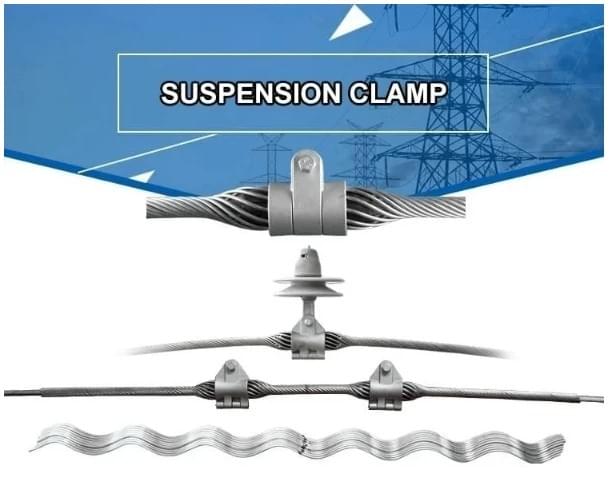
Understanding what ADSS cable truly stands for is essential for anyone delving into the world of fiber optics. The acronym ADSS refers to All-Dielectric Self-Supporting, which highlights its unique construction and functional advantages. This type of cable has gained traction in various industries due to its ability to withstand harsh environmental conditions while offering superior performance.
An In-Depth Look at ADSS
ADSS cables are designed specifically for overhead applications, eliminating the need for metallic components that can corrode over time. This all-dielectric design means that the cables are lightweight, flexible, and capable of being installed without grounding, making them ideal for a range of installations across telecommunications and utility sectors. In essence, what does ADSS cable stand for? It embodies a solution that prioritizes durability and efficiency in connectivity.
The versatility of ADSS cables allows them to be strung between utility poles or towers without additional support structures, making installation more straightforward and cost-effective. Their resistance to electrical interference also ensures high-quality signal transmission over long distances. As we explore further, it becomes evident why understanding the meaning of ADSS is pivotal in modern networking.
Technical Specifications and Features
When discussing technical specifications, it's important to note that ADSS cables typically feature multiple optical fibers encased within a protective sheath made from robust materials like polyethylene or PVC. These materials provide excellent resistance against UV radiation, moisture ingress, and temperature fluctuations—factors that can significantly impact performance over time. Additionally, most ADSS cables come with a wide range of fiber counts tailored to meet diverse communication needs.
One notable feature is their self-supporting capability; this enables them to be strung directly between poles without additional hardware or support lines. Furthermore, they are designed to handle significant wind loads and ice accumulation without compromising their integrity or performance—an essential aspect when considering applications in regions with extreme weather conditions. Understanding these technical specifications helps clarify what is the application of ADSS cable in real-world scenarios.
Why ADSS Matters in Modern Networking
So why does understanding what is the meaning of ADSS matter? Well, as our reliance on high-speed internet and robust communication networks grows exponentially, having reliable infrastructure becomes critical. The use of adss cable not only enhances connectivity but also contributes significantly to reducing maintenance costs due to its durable construction.
In an age where downtime can lead to substantial financial losses for businesses and utilities alike, investing in advanced technologies like ADSS ensures continuous service delivery even under challenging conditions. Moreover, as industries move towards more sustainable practices by minimizing energy consumption during installation processes—ADSS technology aligns perfectly with these goals by simplifying deployment strategies without sacrificing quality or reliability.
In conclusion, recognizing what does ADSS cable stand for provides insights into its vital role within modern networking frameworks while also distinguishing it from alternatives like OPGW (Optical Ground Wire). With an ever-evolving landscape demanding faster speeds and greater reliability from communication systems globally—ADSS remains at the forefront as a preferred choice among engineers and network planners alike.
What is the Application of ADSS Cable?

ADSS cable, or All-Dielectric Self-Supporting cable, has gained significant traction across various industries due to its versatility and robustness. From telecommunications to utility sectors, the applications of ADSS cable are vast and varied. Understanding these applications helps illuminate why this technology is crucial in modern infrastructure.
Applications in Telecommunications
In telecommunications, ADSS cable plays a pivotal role in enhancing network connectivity and performance. Its ability to be installed without the need for metallic support makes it ideal for long spans between poles or towers, which is especially beneficial in rural areas where traditional installations might be challenging. Moreover, ADSS cables are designed to withstand environmental stresses such as wind, ice, and UV radiation, ensuring reliable service even in harsh conditions.
The question What does ADSS cable stand for? often arises when discussing its applications. It stands for All-Dielectric Self-Supporting cable, highlighting its unique construction that allows it to function effectively without grounding or metallic components. This feature not only simplifies installation but also reduces potential interference from electrical sources nearby.
ADSS in Utility and Energy Sectors
The utility and energy sectors have embraced ADSS cables due to their resilience and efficiency in transmitting data over long distances. These cables can be installed alongside power lines without the risk of electrical interference—making them a preferred choice for communication links between substations or along transmission routes. This capability ensures that essential data related to grid management can flow seamlessly without compromising safety standards.
When comparing What is the difference between OPGW and ADSS cable?, it's essential to note that while OPGW (Optical Ground Wire) serves a dual purpose of grounding and communication within power lines, ADSS cables focus solely on data transmission without any metallic components involved. This distinction makes ADSS particularly advantageous where electric fields may pose risks or complications.
Real-World Examples and Case Studies
Real-world examples showcase the effectiveness of ADSS cables across various projects globally. For instance, telecommunications companies have utilized these cables extensively during network expansions—enabling faster internet speeds by connecting remote areas with minimal disruption during installation processes. In energy sectors, case studies reveal how utilities have successfully integrated ADSS into their infrastructure to enhance monitoring systems while maintaining compliance with regulatory standards.
Understanding What is the application of ADSS cable? becomes clearer through these examples as they illustrate not just theoretical benefits but practical outcomes that improve service delivery across industries. Whether it's enhancing broadband connectivity or ensuring efficient energy management systems, the role of ADSS cables cannot be overstated.
Choosing the Right ADSS Cable
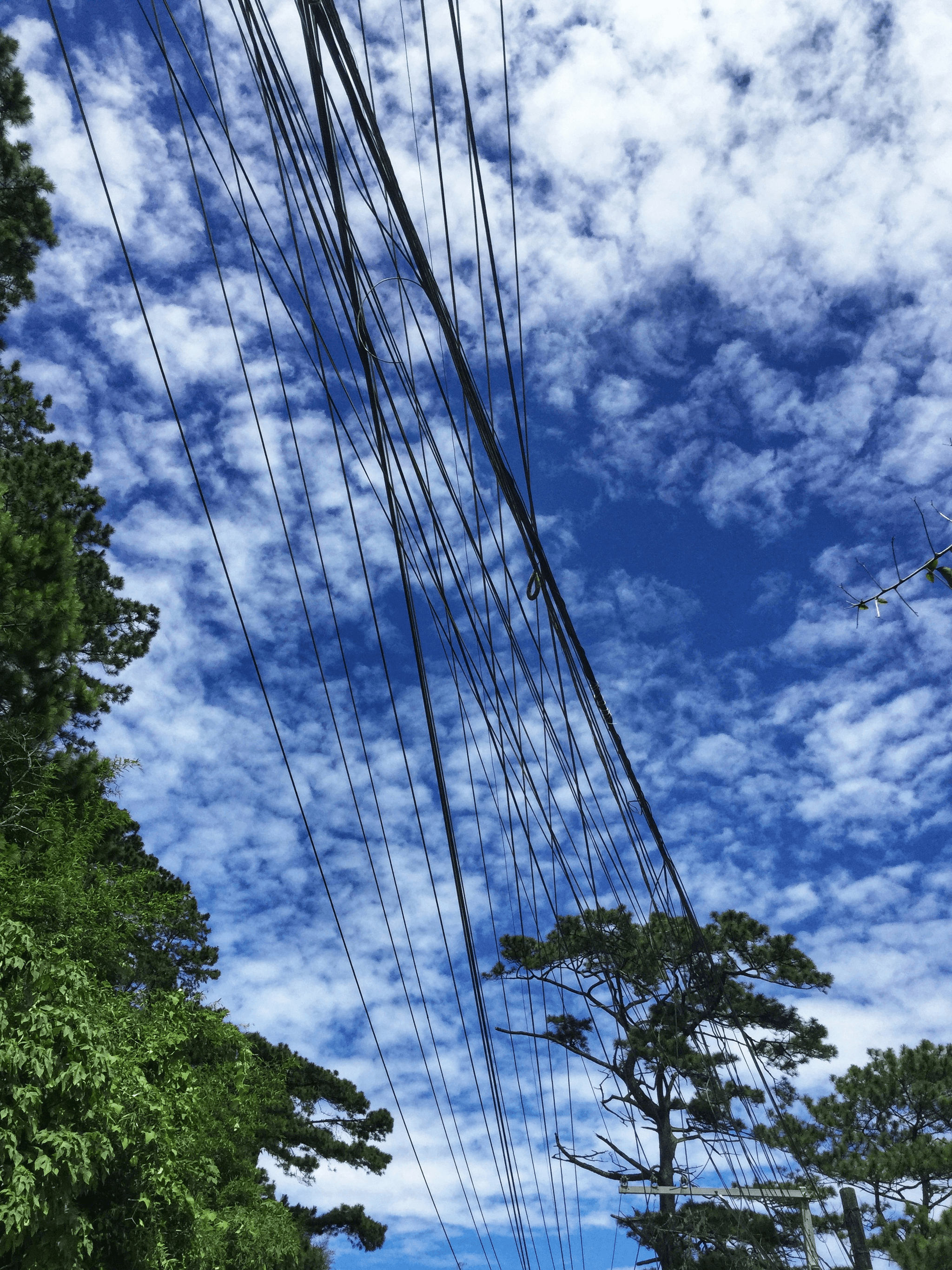
When it comes to selecting the right ADSS cable, several factors come into play that can significantly impact your network's performance and longevity. Understanding what does ADSS cable stand for is just the beginning; you need to consider environmental conditions, installation requirements, and specific application needs. With a plethora of options available, making an informed choice is crucial for ensuring optimal network efficiency.
Important Factors to Consider
First and foremost, the environmental conditions in which your ADSS cable will be installed are paramount. Factors such as temperature fluctuations, humidity levels, and exposure to UV radiation can affect the cable's performance over time. Additionally, understanding what is the difference between OPGW and ADSS cable can help you determine which type best suits your needs based on geographic location and installation environment.
Another critical aspect is the tensile strength of the ADSS cable itself. This property dictates how well it can withstand external forces like wind or ice loading without suffering damage or signal loss. Don't forget about installation ease—selecting a lightweight yet durable option can save both time and resources during setup.
Spark Fittings and Their Solutions
Spark fittings are essential components when working with ADSS cables as they provide reliable connections that enhance overall system integrity. These fittings ensure that your fiber optic connections remain secure even under challenging conditions such as high winds or extreme temperatures. Knowing what is the application of ADSS cable in various sectors will guide you toward choosing spark fittings designed specifically for those environments.
Moreover, these fittings come in various designs tailored for different applications—from aerial installations to underground setups—making it easier to find solutions that fit your specific project requirements. When considering spark fittings, always choose those made from high-quality materials that resist corrosion while maintaining excellent electrical insulation properties.
Tips for Optimal Installation and Maintenance
To ensure your ADSS cables perform at their best, following some key tips during installation can make all the difference. Start by carefully planning your installation route; avoiding sharp bends or excessive tension points will prolong the life of your cables significantly. Additionally, understanding what is the meaning of ADSS helps technicians recognize potential pitfalls during installation—like incorrect tensioning techniques—that could lead to costly repairs down the line.
Regular maintenance checks are also vital once your system is up and running; keeping an eye on physical wear or any signs of degradation ensures early intervention before problems escalate. Documenting these checks creates a reliable maintenance history that aids future troubleshooting efforts as well.
Conclusion
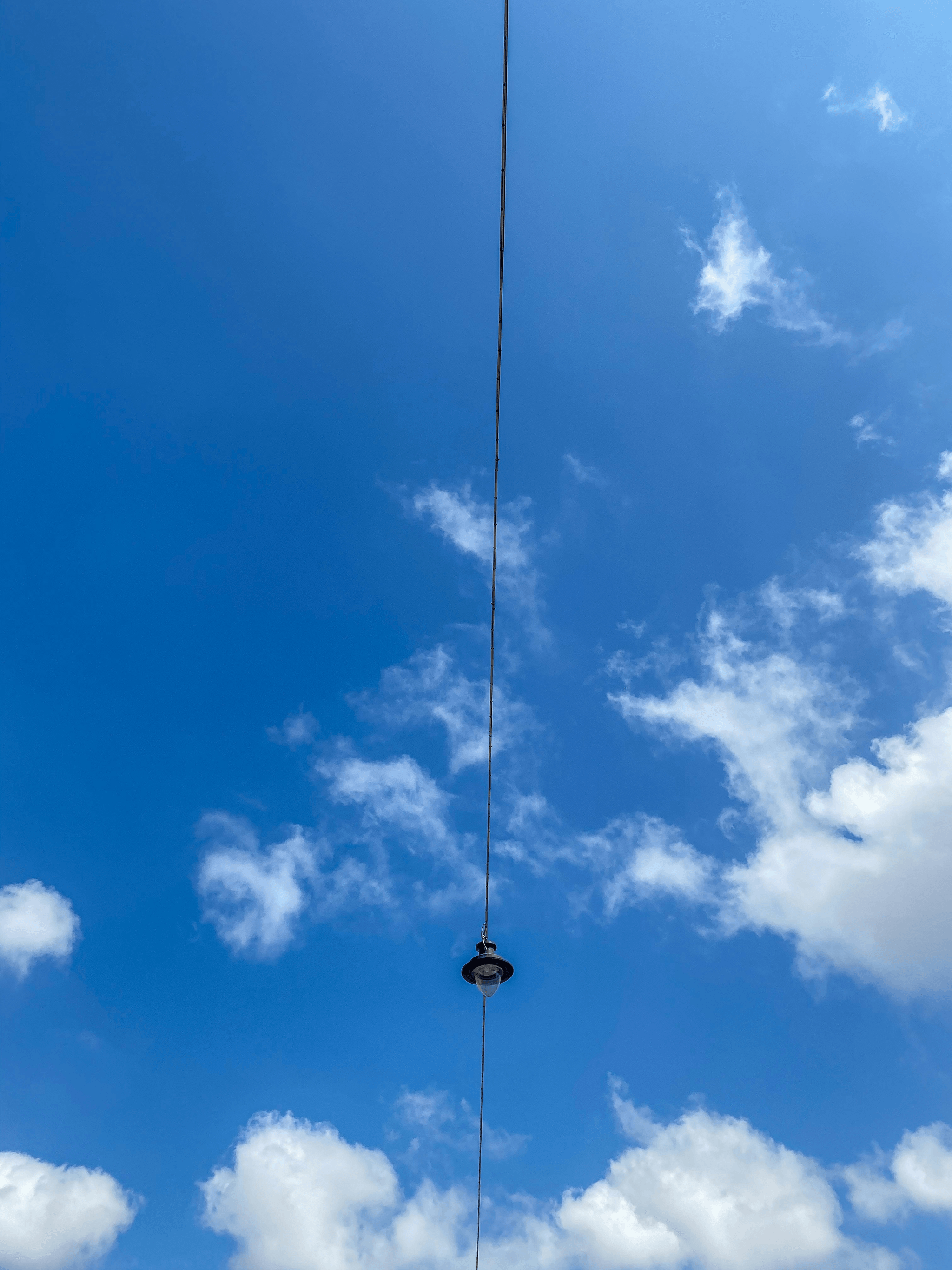
In wrapping up our exploration of ADSS cable, it’s clear that this technology plays a pivotal role in modern telecommunications and utility infrastructures. Understanding what ADSS cable stands for and its unique features helps in making informed decisions when choosing the right type of fiber optic solution for specific needs. Additionally, recognizing the differences between OPGW and ADSS cable can guide you in selecting the most suitable option for your project.
Key Takeaways on ADSS Cable
ADSS cable, or All-Dielectric Self-Supporting cable, is designed to be lightweight yet robust, making it ideal for aerial installations without the need for additional support structures. It provides exceptional resistance to environmental factors like moisture and UV radiation, ensuring longevity and reliability in various applications. Furthermore, understanding what is the application of ADSS cable across sectors such as telecommunications and energy can enhance operational efficiency and connectivity.
Future Trends in Fiber Optic Technology
The future of fiber optic technology is bright, with ongoing advancements promising even more efficient solutions like enhanced versions of ADSS cable that cater to increasing bandwidth demands. Innovations such as smart grid technologies will likely integrate more robust fiber optic systems to facilitate better data transmission across utility networks. As industries evolve towards greener practices, the demand for sustainable materials in cables will also rise, prompting further development of eco-friendly ADSS options.
Why You Should Consider ADSS Cables
If you’re on the fence about whether to invest in ADSS cables, consider their versatility and resilience as major selling points. With their ability to withstand harsh weather conditions while providing high-speed data transmission, they are an excellent choice for both urban and rural settings alike. Ultimately, understanding what is the meaning of ADSS and its applications will empower you to make a choice that not only meets your current needs but positions you well for future advancements.

